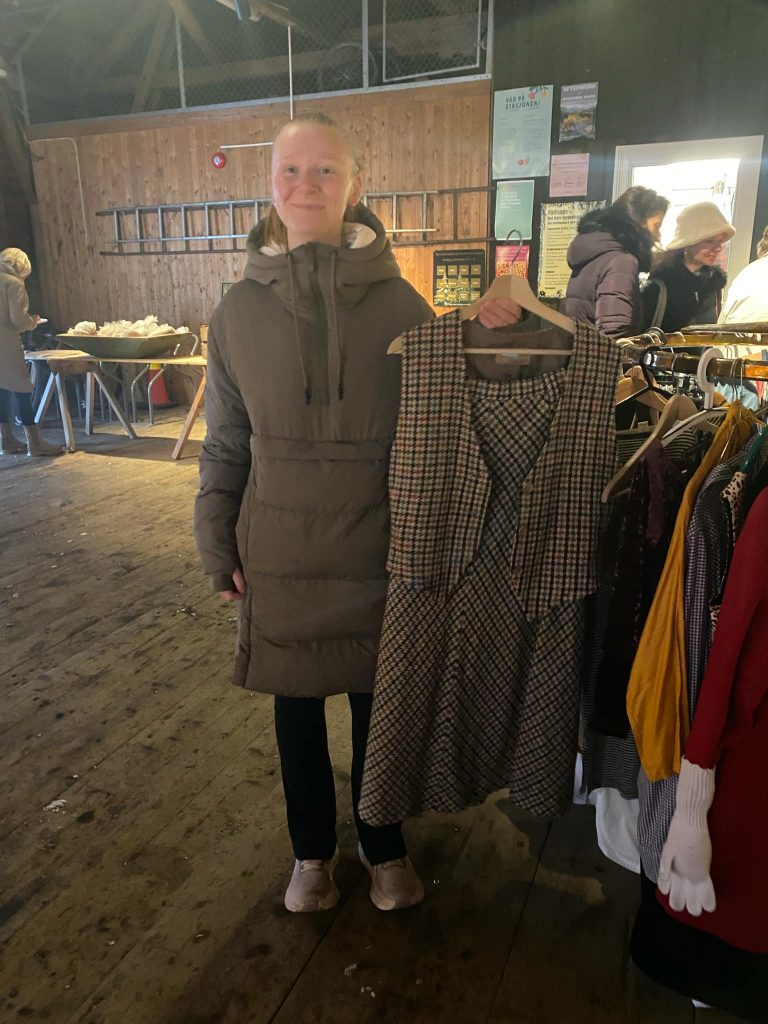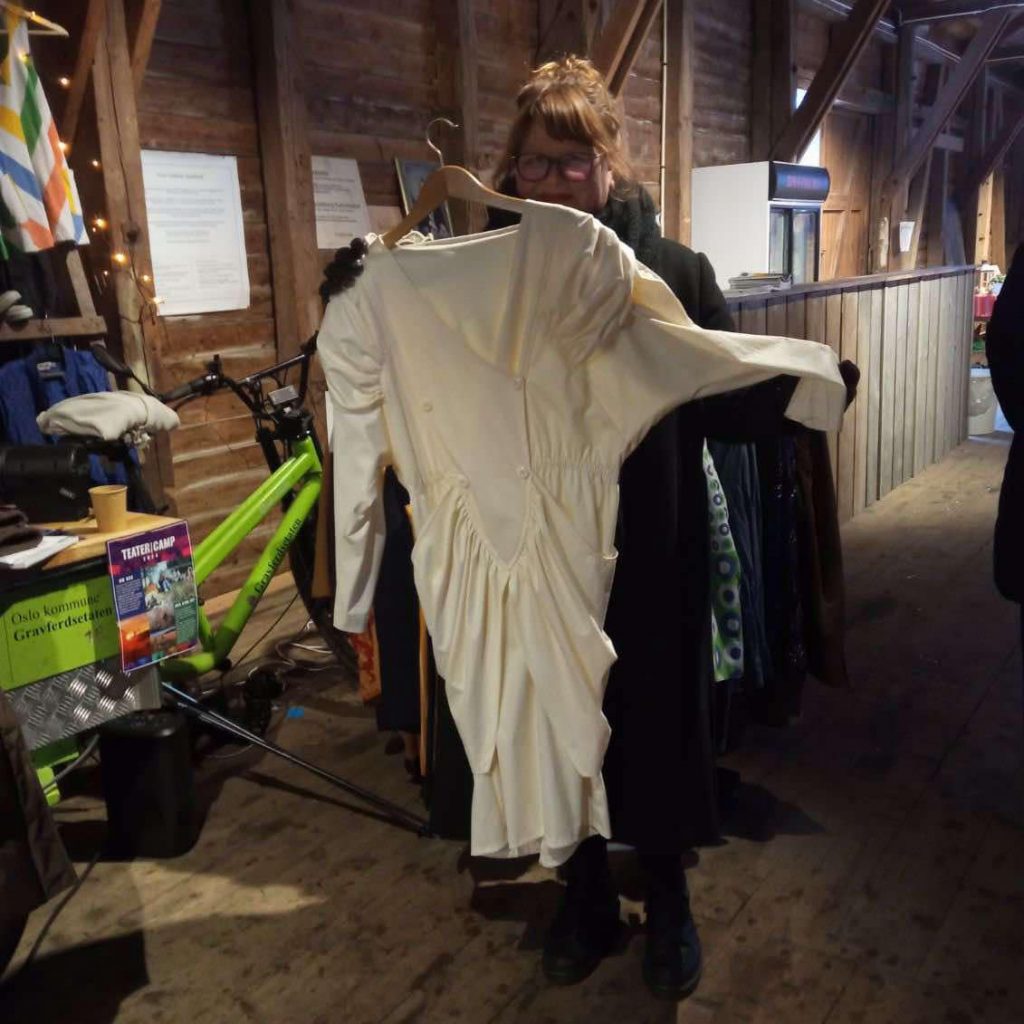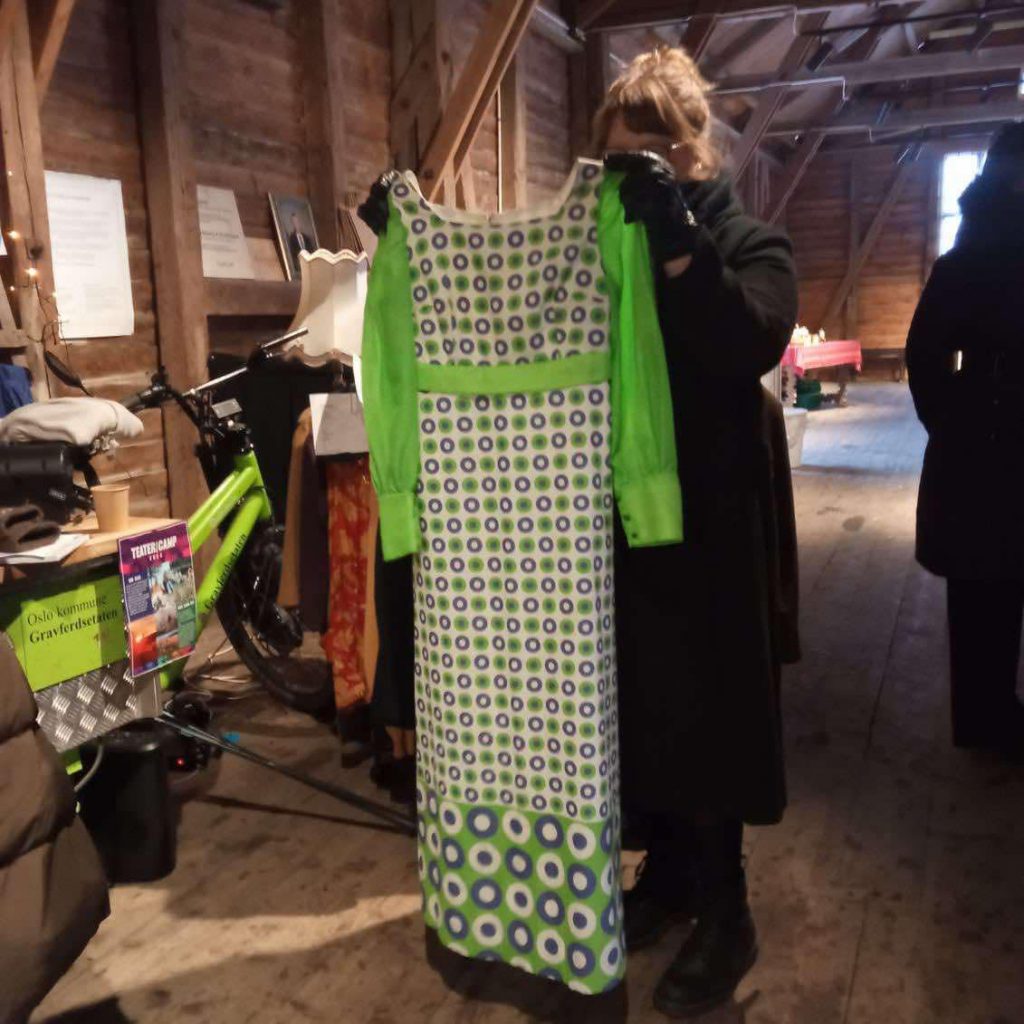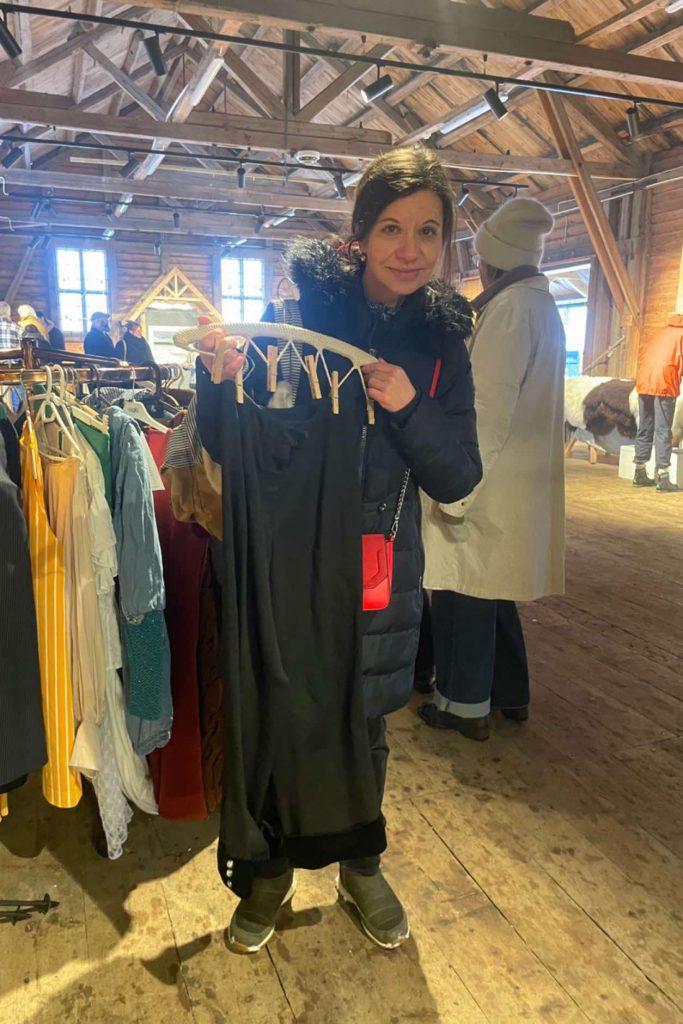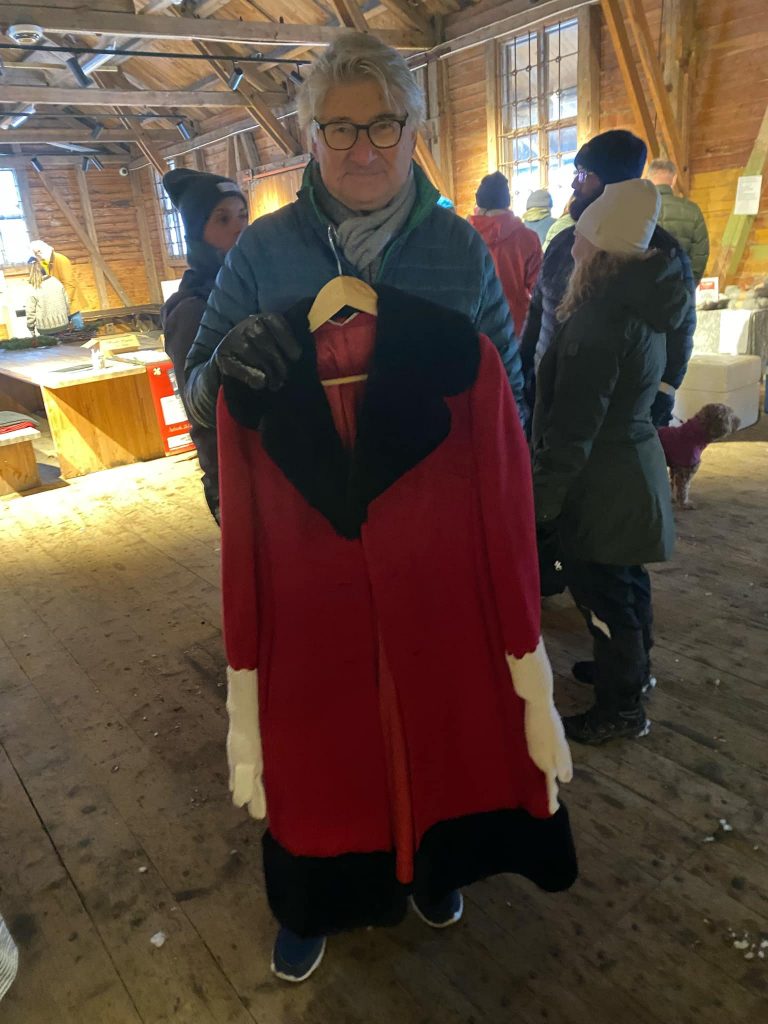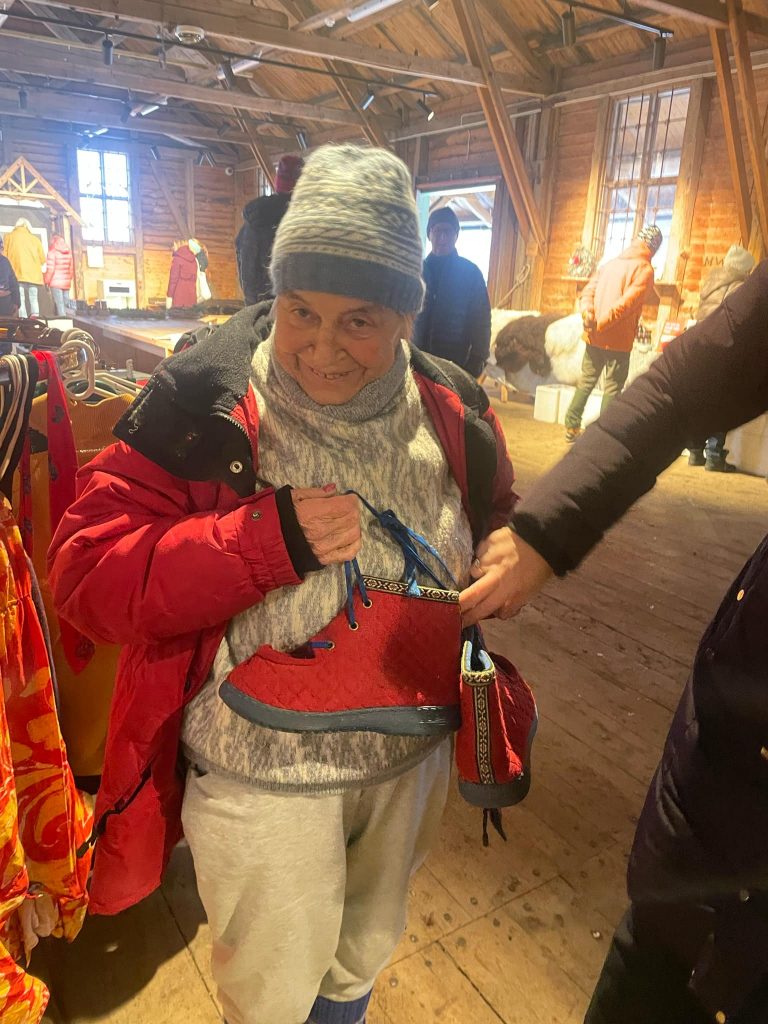
A performative meeting place where the clothes we no longer wear can connect us.
The projects idea
A performing arts project that asks the question: Can we solve the problem of overproduction and textile waste by having a common clothes box? Can the stories of our discarded clothes bind us together in communal spaces and give us a sense of connection?
Tiril Pharo Produksjoner (TIPH) aims to cross borders, age, class and political standpoint with an art project about clothes, and collect and tell stories about our longing for community.
The project is three phased:
Exchange booth/market Meetings with random people in public spaces - swapping stories, listening, time. Microart in one-on-one encounters between the one who gives a story and garmen,t and the one who listens and archives the story.
An archive - storing stories, clothes, pictures of the one who gave us the story. Something permanent in photos and archive cards. An image that can become a poster for a performance, or an art exhibition of images + text - the archive cards in large format?
A performance and concert - about the longing for community, played in rooms that used to be a meeting place for people, an old community space or a pub, a slightly sheltered outdoor space, a park or space that few use. The performance retrieves stories from the archive, for those who have submitted stories, a place for gathering and storytelling.
Forestillingen finner sted i en pop-up-bruktbutikk som skal stenge, og publikum inviteres til en avslutningsfest. Eieren er forelsket og har invitert sin kjærlighetsinteresse. Kvelden blir hennes siste forsøk på å vinne ham. Hvis han ikke kommer, vil hun stenge butikken for godt.
Background
As a 6-year-old, Tiril Pharo played with an orange plastic box on wheels, full of doll clothes and six dolls placed around the box. One by one the dolls went to the box, changed their clothes and went back. This was the game of communism.
At Åsheim Gård, the home of Tiril Pharo Produksjoner, there is a fairy tale of a costume shop. There are endless stories in this shop.
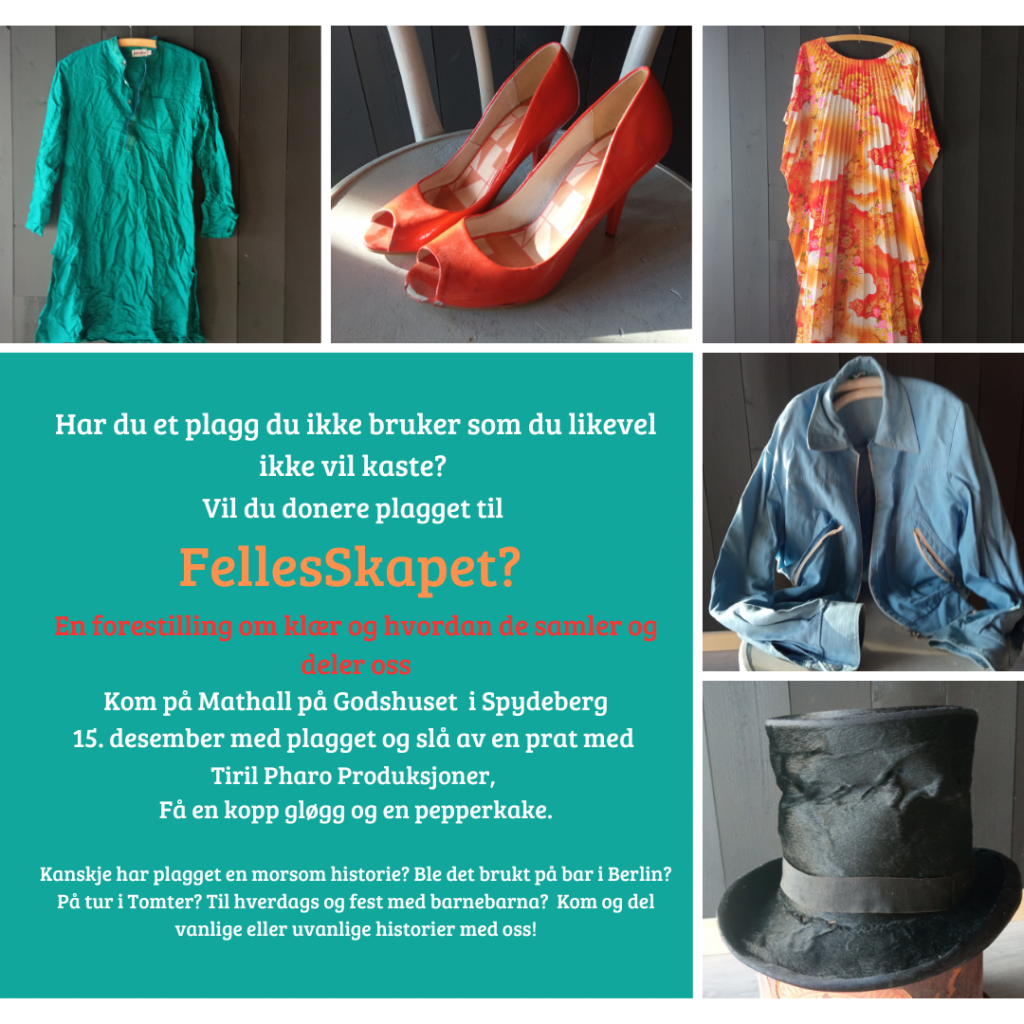
Prelimenary project in December 2024:
Artistic team: Room/light designer Agnethe Tellefsen, and co-creating performers Kornelia Melsæter and Fride Snipsøyr Holøs
Tiril chose clothes from his own costume shop that could hang in the exchange booth as examples.
At the EXCHANGE BOOTH at Godshuset, we had a small photo printer and archive card with us, to document the garment's journey and who gave us the garment, the relation to it, its previous owner and history.
An elderly lady brought clothes that the man had outgrown, she told stories about how they became lovers over 50 years ago, precisely because he was so handsome in his clothes.
A Ukrainian woman handed over a pair of trousers, which was the only thing she had gotten out of her bombed house before she fled to Norway.
A woman delivered a blouse she had bought, but later acknowledged was too 'ladylike'.
There weren't that many people who delivered clothes, they didn't know it was possible. But we did ask people who came by to associate with the clothes we had hanging in the Exchange booth, and many did. An elderly man talked about his mother, who had the whole house full of the most beautiful clothes from a women's ready-to-wear shop where she had worked, and only paid for clothes.
'She never traveled anywhere, because her husband was at sea, but she traveled in clothes.'
After this day with the exchange booth, we had around 20 garments + archive card with photo in our archive.
We agree that the very meeting with random people, who leafed through their memory files, left an impression. People were proud, embarrassed and engaged when they brought up stories from different eras. There were everyday stories, stories of loss, many related to people or places that they no longer meet or visit.
It was interesting to ask where the clothes were used, whether they had multiple uses – a woman walked in a demonstration train in red wolly shoes, but she also happened to wear them at a disco.
